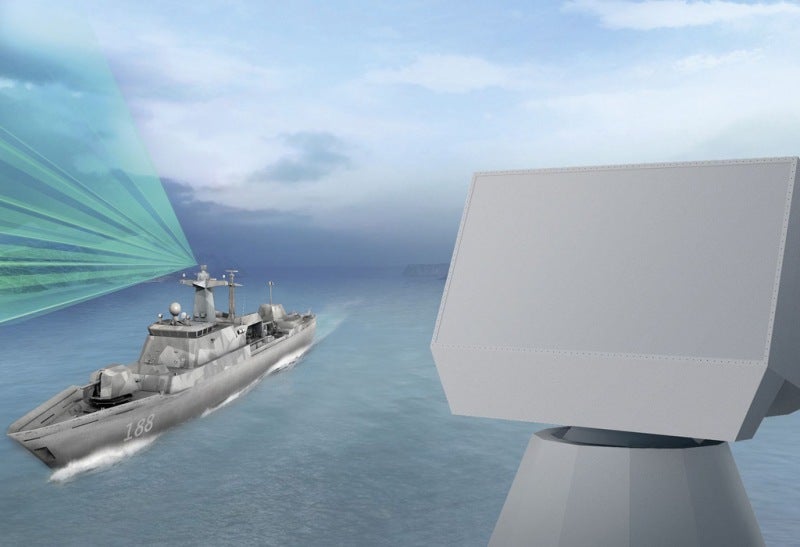
Hensoldt is set to supply its naval radar system for the second batch of the German Navy’s K130 corvettes after clearing the factory acceptance test (FAT).
German procurement authority BAAINBw completed the FAT for the second system.
In February this year, Hensoldt won a contract to equip the K130 corvettes with its TRS-4D Rotator naval radar and MSSR 2000 ID friend-or-foe identification system (IFF).
Hensoldt CEO Thomas Müller said: “With the TRS-4D, the corvettes are getting an extremely powerful radar system.
“Since we have started to produce our radars in series a short time ago, we have been able to reduce the time required for delivery to our customers considerably.”
Under the contract, the company will deliver seven radars of each type by 2022. The radars are intended for integration into five ships and two land-based systems.
Hensoldt has already equipped the first batch of K130 corvettes with the TRS-3D radar.
The TRS-4D intended for the second batch will consist of a mechanically rotating antenna (TRS-4D Rotator).
The system is also supplied for the US Navy’s littoral combat ship (LCS) under a separate contract.
The TRS-4D used on the German Navy’s new F125 frigate comprises four fixed planar arrays. The TRS-4D Rotator can support anti-aircraft and anti-surface operations.
Hensoldt said in a statement: “Its rotating antenna combines mechanical and electronic azimuth scanning, which allows targets to be detected and tracked very quickly.
“Thanks to its higher sensitivity, the AESA radar allows more precise detection, especially of small and manoeuvring objects, as well as faster confirmation of the target, which means that the ship crew has more time to respond to threats.”
The radar can be customised to meet new requirements during the course of its service life.



